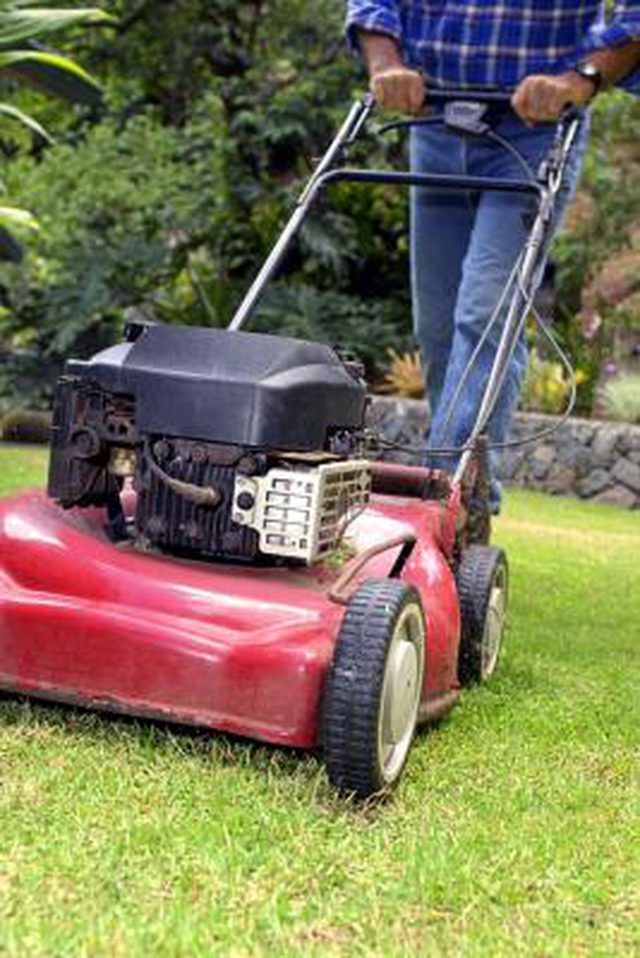Bulbs
Flower Basics
Flower Beds & Specialty Gardens
Flower Garden
Garden Furniture
Garden Gnomes
Garden Seeds
Garden Sheds
Garden Statues
Garden Tools & Supplies
Gardening Basics
Green & Organic
Groundcovers & Vines
Growing Annuals
Growing Basil
Growing Beans
Growing Berries
Growing Blueberries
Growing Cactus
Growing Corn
Growing Cotton
Growing Edibles
Growing Flowers
Growing Garlic
Growing Grapes
Growing Grass
Growing Herbs
Growing Jasmine
Growing Mint
Growing Mushrooms
Orchids
Growing Peanuts
Growing Perennials
Growing Plants
Growing Rosemary
Growing Roses
Growing Strawberries
Growing Sunflowers
Growing Thyme
Growing Tomatoes
Growing Tulips
Growing Vegetables
Herb Basics
Herb Garden
Indoor Growing
Landscaping Basics
Landscaping Patios
Landscaping Plants
Landscaping Shrubs
Landscaping Trees
Landscaping Walks & Pathways
Lawn Basics
Lawn Maintenance
Lawn Mowers
Lawn Ornaments
Lawn Planting
Lawn Tools
Outdoor Growing
Overall Landscape Planning
Pests, Weeds & Problems
Plant Basics
Rock Garden
Rose Garden
Shrubs
Soil
Specialty Gardens
Trees
Vegetable Garden
Yard Maintenance
How to Fix a Lawnmower With Low Compression
How to Fix a Lawnmower With Low Compression. Gas-powered lawnmowers are driven by combustion engines similar in all ways to those that power motor vehicles. The term "compression" refers to the pressure that builds up inside the piston chamber, as a combination of fuel and air is squeezed, and a spark is applied. The ensuing explosion...

Gas-powered lawnmowers are driven by combustion engines similar in all ways to those that power motor vehicles. The term "compression" refers to the pressure that builds up inside the piston chamber, as a combination of fuel and air is squeezed, and a spark is applied. The ensuing explosion drives the piston outward, and causes the crankshaft to spin. A loss of compression may result when the pistons are worn, the seals around your pistons are worn, or a push rod has become bent or broken.
Things You'll Need
Ratchet set
30 weight motor oil
Compression tester
Wrench
Locate the ignition wire that runs from your spark plug to your distributor. Remove the plug end of the wire from its seat atop the spark plug, by grasping it firmly at the base and pulling. Try turning the spark plug by hand. If the plug is loose, compression can be leaking through the hole it is creating. Use your ratchet set to tighten the spark plug completely, then try starting the engine again.
Inspect the bolts that hold the top of your cylinder head in place. The cylinder head bolts are typically set around the outer edge of the head. If these bolts have loosened, they can allow compression to leak out from the cylinder. Use your ratchet set to tighten any loose bolts, and start the engine again.
Remove the cylinder head cover and inspect the push rods and valve lifters for broken parts or bends. If any of these parts has been damaged, it can prevent a tight seal from forming within the cylinder. This faulty seal lowers compression. If there are any broken or damaged parts, they must be replaced.
Determine whether worn valves or worn piston rings are the cause of your low compression. Remove the spark plug, and pour a cap full of W30 motor oil into the top of the open cylinder. Place your compression tester over the spark plug hole. Disconnect the ignition coil, and locate the crankshaft at the front of the engine.
Use your wrench to grasp and turn the crankshaft with your tester in place. Read the tester gauge, and compare the results to the normal compression range as stated by your lawnmower manufacturer. If the oil solves the compression problem, the problem is in the rings. If it does not, the problem may lie with a worn valve.
Tips & Warnings
Compression problems can require an overhaul of your lawnmower engine. This work is often covered by the manufacturer's warranty. Check if your warranty is still in effect before attempting to repair the problem, or having a professional do the work.
Use caution when working on lawnmower engines. Should the engine start in the process, the blades will become a deadly weapon.